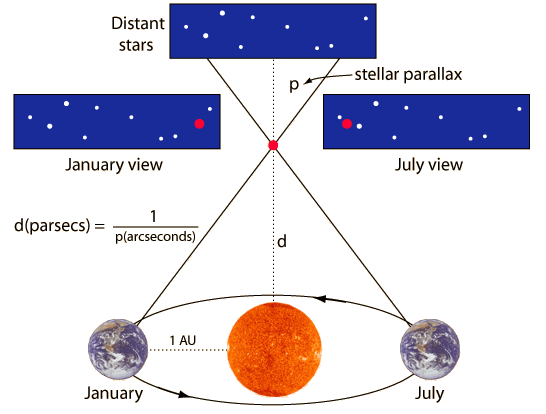Speed of Light Series Part 2 - Measuring Distance Using Light.
Part 1 focused on the actual speed of light in terms of a figure, 186,282 miles per second. Think about that for a second! In that second, light has travelled almost 2/3 of the way to the moon! Outrageously quick but not infinate.
Our Sun is 8 light minutes away from the Earth. Our nearest star is Alpha Sentauri, that is 4 light years away. Our nearest galaxy, The Andromeda Galaxy is 2.5 million light years away and our own galaxy is 100,000 light years in diameter.
I hope this gives a sense of the grandeur of the Universe and how mind crushingly massive it is. Dont forget no matter or information can travel faster than the speed of causality/light. If I shine a laser from Earth, it will take 2.5 Million years to reach Andromeda and if the Sun were to dissapear instantly we wont know about it here on Earth for 8 minutes.
So 186,282 miles per second is the fastest any measurable phenomenon can travel except the expansion of the Universe which can expand at any speed it wants to including faster than light.
The most common and primary method of measuring a star's distance from us is by using a method that we call stellar parallax. This works by looking at a star twice in the year, when we are at the opposite points of our orbit around the sun. The background to which it moves relative to us as observers gives us an accurate idea of its distance from us.
Credit : hyperphysics
When that distance is calculated we can also measure this against other stars and their properties, such as intrinsic brightness, mass and even the stage in its life! This can give a much more accurate distance measurement. A very bright and massive star you see overhead at night may be much further away than a closer low energy dim star.
Light is a very philosphical concept in astromony, as much as it is practical. Light we receive through our telescope and eye lenses doesnt just tell us that they are there, it tells us where they are and who they are aswell.
Jude Morrow




